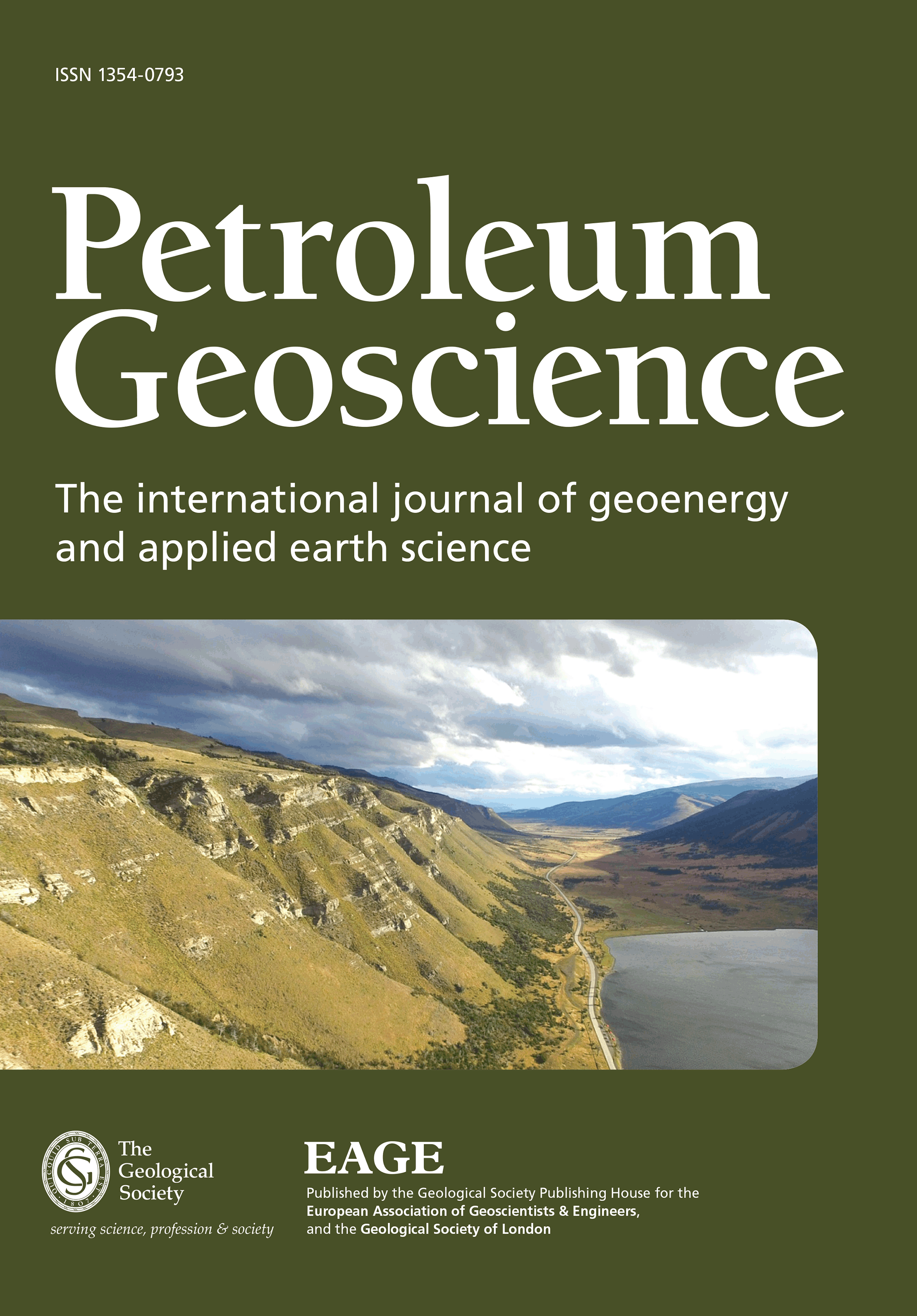
Full text loading...
The onshore Lusitanian Basin is dominated by two large diapiric salt walls which extend for up to 100 km. Seismic sections indicate that stratal onlap onto an intervening salt pillow initiated in Early Jurassic times. Well-exposed diapir flanks reveal three types of halokinetic-related unconformities (hook, low-angle wedge and high-angle flap-onlap – a new term) of Kimmeridgian to Turonian age, indicating that diapirism was active throughout this period. Stratal dip-fanning and wedge-thinning is predominantly caused by original sedimentary depositional processes with multiple low-angle unconformities (1°–5° pinchout angles) in both carbonate- and clastic-dominated sequences. No significant sedimentary slumping was observed in the clastic-dominated strata but important slumping of flank material is present in the carbonate-dominated sequences.
Two tar accumulations are derived from oil trapped in sandstones on the flanks of the São Pedro de Moel and Santa Cruz salt diapirs. These are interpreted to be exhumed, but now biodegraded, oilfields. To our knowledge, these are the only exposed examples of salt-flank hydrocarbon accumulations that have been documented in the literature.

Article metrics loading...

Full text loading...
References


Data & Media loading...

